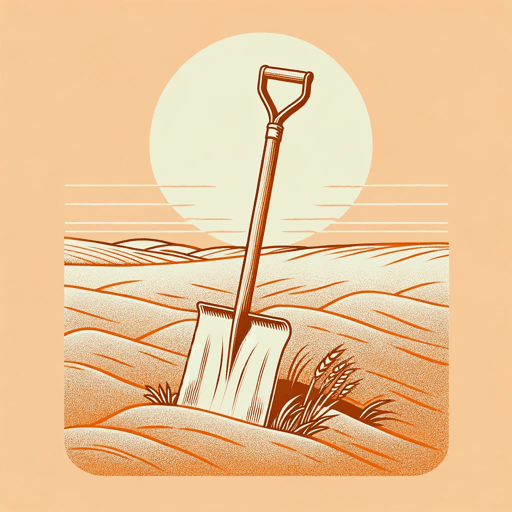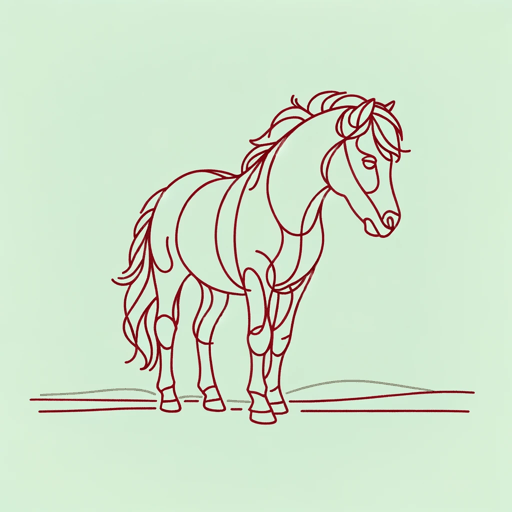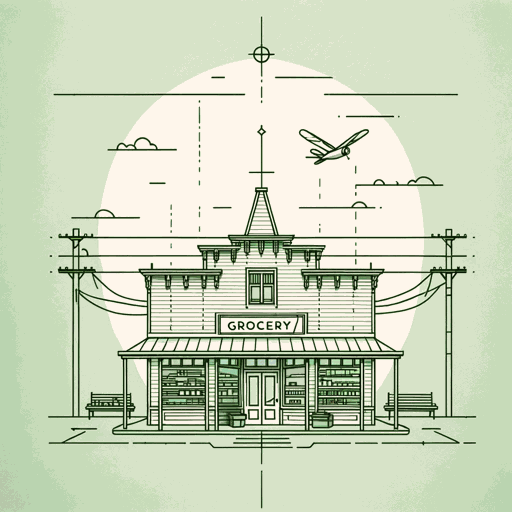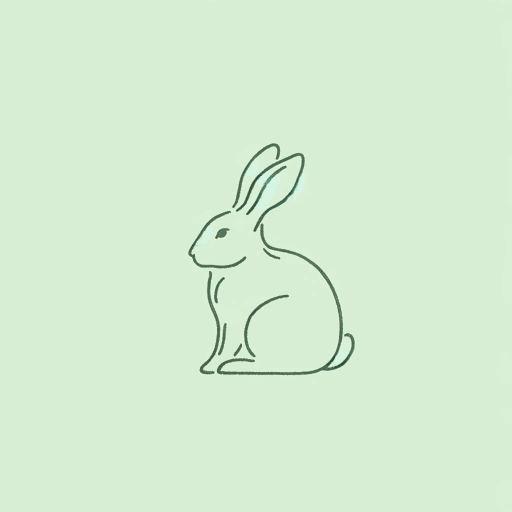47 pages • 1 hour read
John SteinbeckOf Mice and Men
Fiction | Novella | Adult | Published in 1937A modern alternative to SparkNotes and CliffsNotes, SuperSummary offers high-quality Study Guides with detailed chapter summaries and analysis of major themes, characters, and more.
Literary Devices
Allusion
A literary allusion is a textual reference to another literary work or figure. Allusions can refer to historical periods, figures, and events as well as other authors, literary works, and characters. In employing allusions, the author empowers readers to draw from their own knowledge to make connections about the text. In Of Mice and Men, the novella’s title is an allusion to Scottish poet Robert Burns’s 1785 poem “To a Mouse,” in which a farmer inadvertently kills a mouse while plowing. In the poem, the remorseful farmer surmises, “The best laid schemes o’ Mice an’ Men / Gang aft agley.” This means that man’s best intentions are not enough to ensure a positive outcome and implies that a negative outcome is more likely. In Chapter 1, the novella establishes that Lennie has a pattern of unintentionally killing mice. In this way, Lennie is like the farmer, who regrets plowing over the mouse’s nest. However, George is also like the farmer. Despite his best intentions to keep Lennie safe from the world, he must kill Lennie to ensure the safety of others.
Related Titles
By John Steinbeck

Cannery Row
John Steinbeck

East of Eden
John Steinbeck

Flight
John Steinbeck

In Dubious Battle
John Steinbeck

Sweet Thursday
John Steinbeck

The Acts of King Arthur and His Noble Knights
John Steinbeck

The Chrysanthemums
John Steinbeck

The Grapes of Wrath
John Steinbeck

The Harvest Gypsies: On the Road to the Grapes of Wrath
John Steinbeck

The Log From The Sea of Cortez
John Steinbeck

The Long Valley
John Steinbeck

The Moon Is Down
John Steinbeck

The Pearl
John Steinbeck

The Red Pony
John Steinbeck

The Wayward Bus
John Steinbeck

The Winter Of Our Discontent
John Steinbeck

To a God Unknown
John Steinbeck

Tortilla Flat
John Steinbeck

Travels With Charley
John Steinbeck

